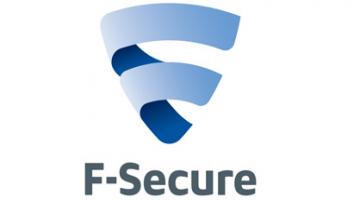2 mins read
F-Secure Research finds WebCam Inviting Hackers into Your Home

Copyright 2023, IT Voice Media Pvt. Ltd.
All Rights Reserved

 In this young century, webcams have transitioned from a futuristic novelty to being, well, everywhere. The ability to capture images and video of anything anywhere played a key role in the explosion of social media, but our camera-drenched society also can make us feel uniquely vulnerable. The idea of a hacker being able to co-opt these digital eyes to capture us in our most intimate moments makes our ability to secure these digital eyes especially worrisome.
In this young century, webcams have transitioned from a futuristic novelty to being, well, everywhere. The ability to capture images and video of anything anywhere played a key role in the explosion of social media, but our camera-drenched society also can make us feel uniquely vulnerable. The idea of a hacker being able to co-opt these digital eyes to capture us in our most intimate moments makes our ability to secure these digital eyes especially worrisome.